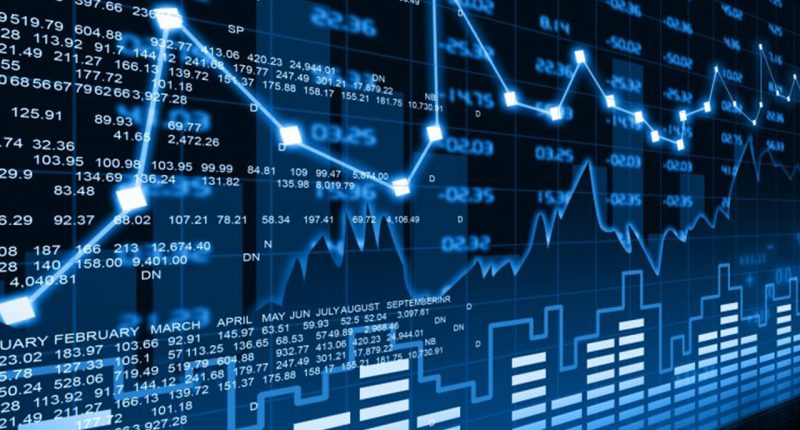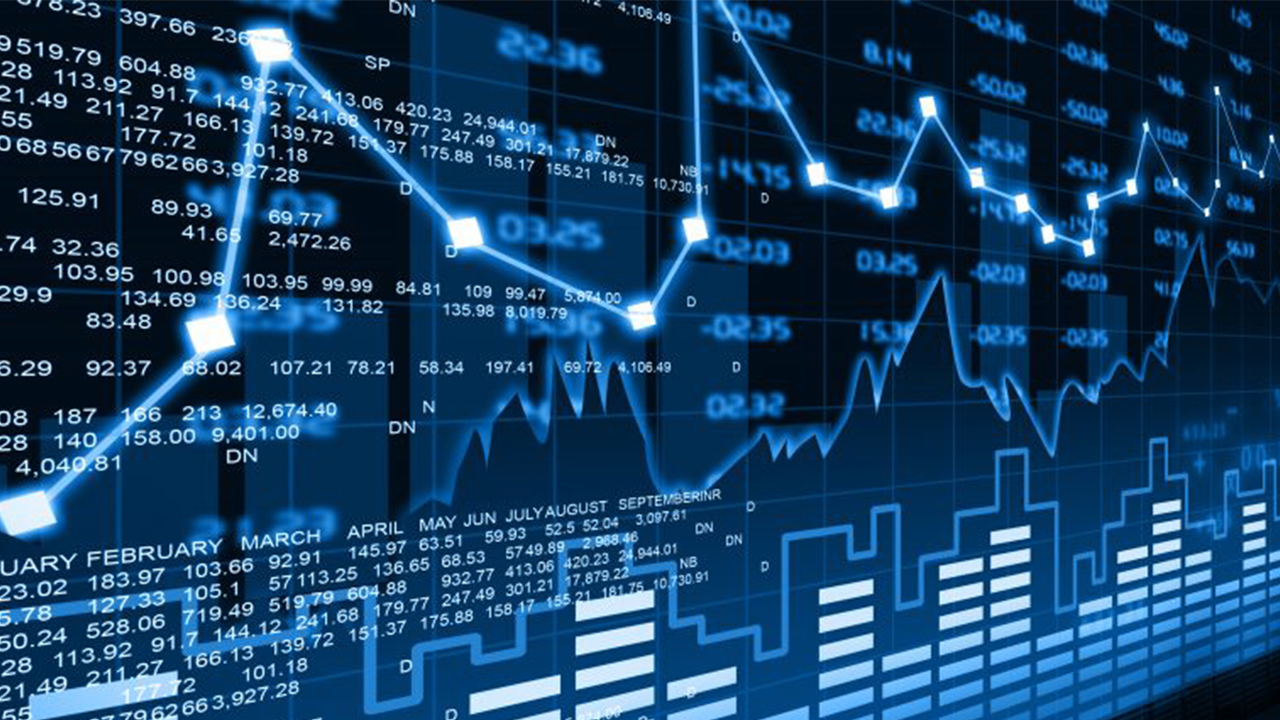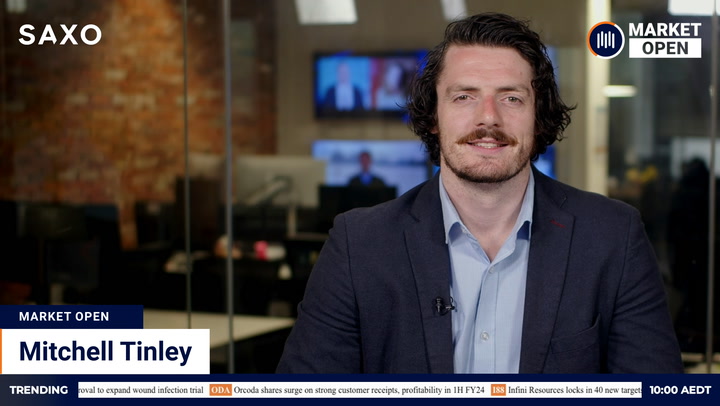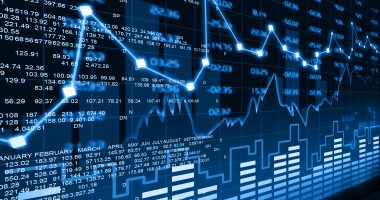Futures trading points to a strong start to the last session of the quarter despite declines in US stocks, iron ore, oil and metals.
ASX futures jumped 56 points or 0.83 per cent in anticipation of a boost from fund managers rebalancing their portfolios. The end of the quarter traditionally sees institutional investors realign holdings to meet their funds’ stated strategies.
The S&P/ASX 200 has risen 151 points or 2.3 per cent this quarter and is on track for its third quarterly gain in the year since the initial pandemic meltdown.
Wall Street
Borrowing costs re-emerged as a headwind in the US as the yield on ten-year treasuries hit a 14-month high. Rate-sensitive growth stocks bore the brunt before paring falls as yields backed off session highs.
The S&P 500 trimmed its loss to 13 points or 0.32 per cent after being down as much as 0.7 per cent. The Dow Jones Industrial Average shed 104 points or 0.31 per cent. The Nasdaq Composite pared an early fall of 1 per cent to 14 points or 0.11 per cent.
Value plays outperformed growth stocks as fund managers favoured the quarter’s best performing stocks. The Russell 1000 Value Index finished flat while its growth counterpart fell 0.8 per cent.
“For the next day or two, [value stocks] will probably be leaders because we have quarter-end and institutions want to make sure that they have exposure to the names that performed well,” Robert Pavlik, senior portfolio manager at Dakota Wealth, told Reuters.
Bank stocks rebounded on signs US lenders had limited exposure to the collapse of a private hedge fund. Wells Fargo rallied 2.5 per cent after reporting it had suffered no losses despite acting as prime broker for failed Archegos Capital. Goldman Sachs, Morgan Stanley and Citigroup also rose.
Cyclical stocks were boosted by an unexpected surge in consumer confidence. The Conference Board’s confidence index jumped to 109.7 this month, its strongest result in a year. The reading was substantially better than the 96.8 anticipated by economists polled by Dow Jones.
The S&P 1500 airlines index climbed 3.2 per cent. Cruise companies Carnival, Royal Caribbean and Norwegian all gained at least 3 per cent. Hotel groups Hyatt and Marriott added more than 2 per cent.
Australian outlook
The ASX has underperformed Asian and western peers over the last two sessions as the Queensland coronavirus outbreak cast a long cloud. Barring a surge in infections, that issue may be temporarily put aside for this session. The end of the quarter is traditionally a “buying day” as the fundies dress up the books before reporting to investors (active traders should note the start of a new quarter – ie, tomorrow – is traditionally a selling day).
Fund managers have to bring their holdings back into alignment with the fund’s stated goals. While much of that has likely happened already, these sessions tend to be self-fulfilling prophesies: traders buy because they expect others to buy.
That said, the ASX has been under pressure all week and has failed to hold its opening gains. It would take a brave investor to buy a strong open after back-to-back sell-offs.
There is not a lot to like in this morning’s leads: Wall Street, oil, gold, iron ore, copper all down. Australian bond yields are likely to follow the US higher today, pressuring growth stocks and bond surrogates.
Rate-sensitive banks should benefit from any uptick in yields – the US sector gained 0.7 per cent. Consumer discretionary was the best US performer, adding 0.75 per cent following strong confidence data. Industrials was the only other sector to end positive, rising 0.4 per cent. Traditional bond alternatives – consumer staples, utilities, healthcare – lost at least 0.9 per cent.
Building approvals and private-sector credit figures are due at 11.30 am AEDT. Chinese factory and services industry data are due half an hour later.
The dollar slumped 0.58 per cent to 75.94 US cents.
Commodities
Oil retreated as traffic resumed through the Suez Canal. Brent crude settled 84 cents or 1.3 per cent lower at US$64.14 a barrel. The price of crude had been temporarily boosted by a blockage in one of the oil industry’s main arteries.
Gold skidded back under US$1,700 an ounce, depressed by rising bond yields, a strengthening US dollar and the greater appeal of assets exposed to the economic recovery. Metal for April delivery settled $28.30 or 1.7 per cent lower at US$1,683.90 an ounce.
“The reality is that the coronavirus recovery process is picking up some serious momentum because of the ongoing progress on the vaccine front in the U.S.,” Naeem Aslam, chief market analyst at AvaTrade, wrote. “The fact that 90% of U.S. adults will be eligible for vaccine within three weeks will further lift the prospects of strong economic recovery… No one really wants to favor gold prices under those circumstances.”
BHP’s US-listed stock eased 0.17 per cent after its UK-listed stock added 1.32 per cent. Rio Tinto gained 1.2 per cent in the US and 1.79 per cent in the UK. The spot price for iron ore landed in China eased $1.15 or 0.7 per cent to US$166.55 a tonne.
Copper declined 1.4 per cent to US$3.98 a pound.







